-
The Challenges
-
Explore the Solutions
-
Discover our Brands
-
Learn More
-
Other Industries
The rising threat of hazardous biological pathogens poses a significant challenge to the safety of Emergency Medical Services personnel.
Inadequate PPE not only hampers their ability to respond effectively but also risks their well-being and that of their patients. Discomfort and fatigue from subpar equipment can lead to errors and increased injuries during critical situations. To ensure optimal safety and efficiency, it's essential to provide Emergency Medical Services teams with reliable, comfortable, and effective PPE designed for biohazard scenarios.
Key factors to Consider for Staying Protected
Infection control is essential for preventing the spread of infectious diseases in healthcare settings. The severity of outbreaks, as observed in recent years, underscores the need for rigorous safety protocols.

Biological agents, including bacteria, viruses, and fungi, can have serious implications for health. Based on the EU directive 2000/54/EC, these agents are classified into four risk groups:
Risk Group 1: Non-pathogenic organisms (e.g. E. coli K-12).
Risk Group 2: Treatable diseases (e.g. Streptococcus).
Risk Group 3: Serious diseases with available treat- ments (e.g. SARS-CoV-2).
Risk Group 4: Highly pathogenic agents with no known treatments (e.g. Ebola, Marburg).
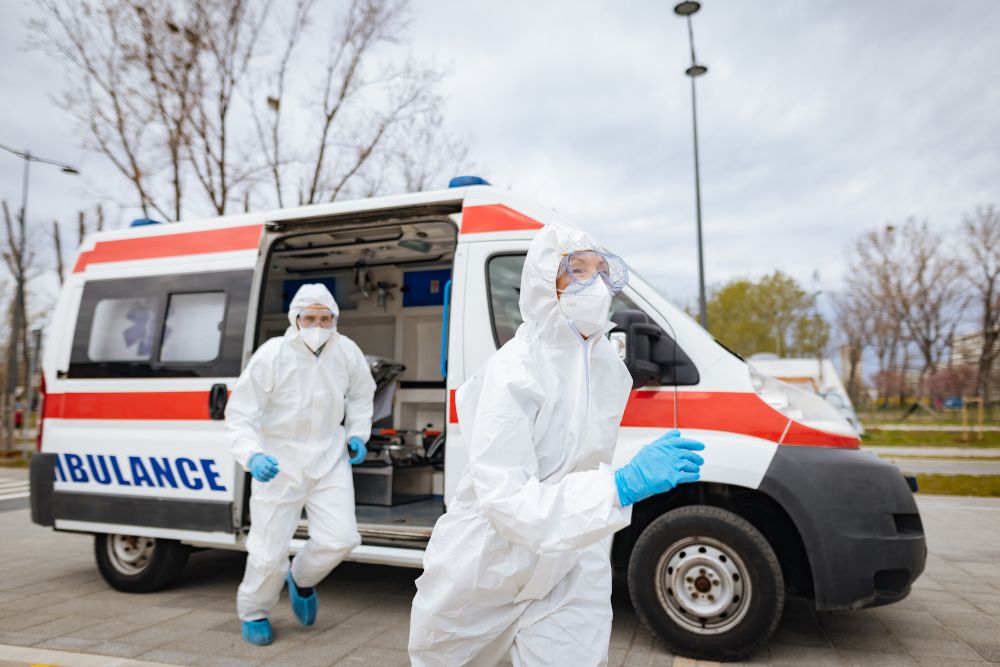
Healthcare workers often come into contact with biological agents through:
- Direct patient interactions (especially those with open wounds).
- Potential exposure to infectious diseases, both known and unknown.
To mitigate these risks, compliance with the EN 14126 and EN 13795-1 safety standards is essential.
These standards ensure that protective equipment not only shields patients but also safeguards healthcare professionals
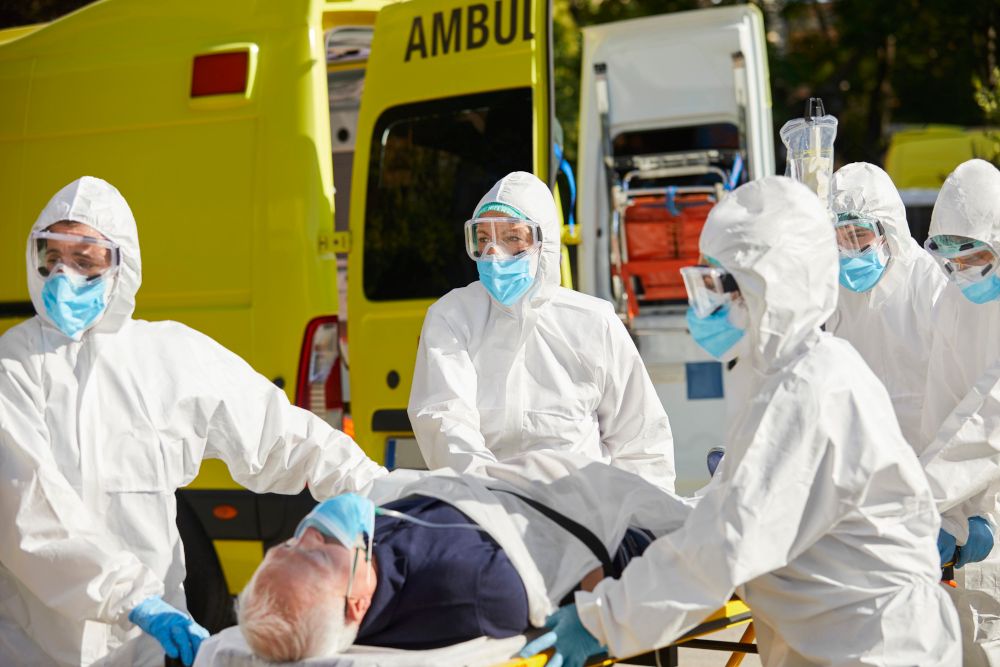
-
<span><img width="35px" src="/content/dam/dupont/amer/us/en/personal-protection/public/images/cards/ems-icon-3.png"></span> Importance of Infection Control → Click and Discover
Infection control is essential for preventing the spread of infectious diseases in healthcare settings. The severity of outbreaks, as observed in recent years, underscores the need for rigorous safety protocols.
-
<span><img width="35px" src="/content/dam/dupont/amer/us/en/personal-protection/public/images/cards/ems-icon-1.png"></span> Understanding Biological Agents → Click and Discover
Biological agents, including bacteria, viruses, and fungi, can have serious implications for health. Based on the EU directive 2000/54/EC, these agents are classified into four risk groups:
Risk Group 1: Non-pathogenic organisms (e.g. E. coli K-12).
Risk Group 2: Treatable diseases (e.g. Streptococcus).
Risk Group 3: Serious diseases with available treat- ments (e.g. SARS-CoV-2).
Risk Group 4: Highly pathogenic agents with no known treatments (e.g. Ebola, Marburg).
-
<span><img width="35px" src="/content/dam/dupont/amer/us/en/personal-protection/public/images/cards/ems-icon-4.png"></span> The Dual Need for Protection → Click and Discover
Healthcare workers often come into contact with biological agents through:
- Direct patient interactions (especially those with open wounds).
- Potential exposure to infectious diseases, both known and unknown.
To mitigate these risks, compliance with the EN 14126 and EN 13795-1 safety standards is essential.These standards ensure that protective equipment not only shields patients but also safeguards healthcare professionals
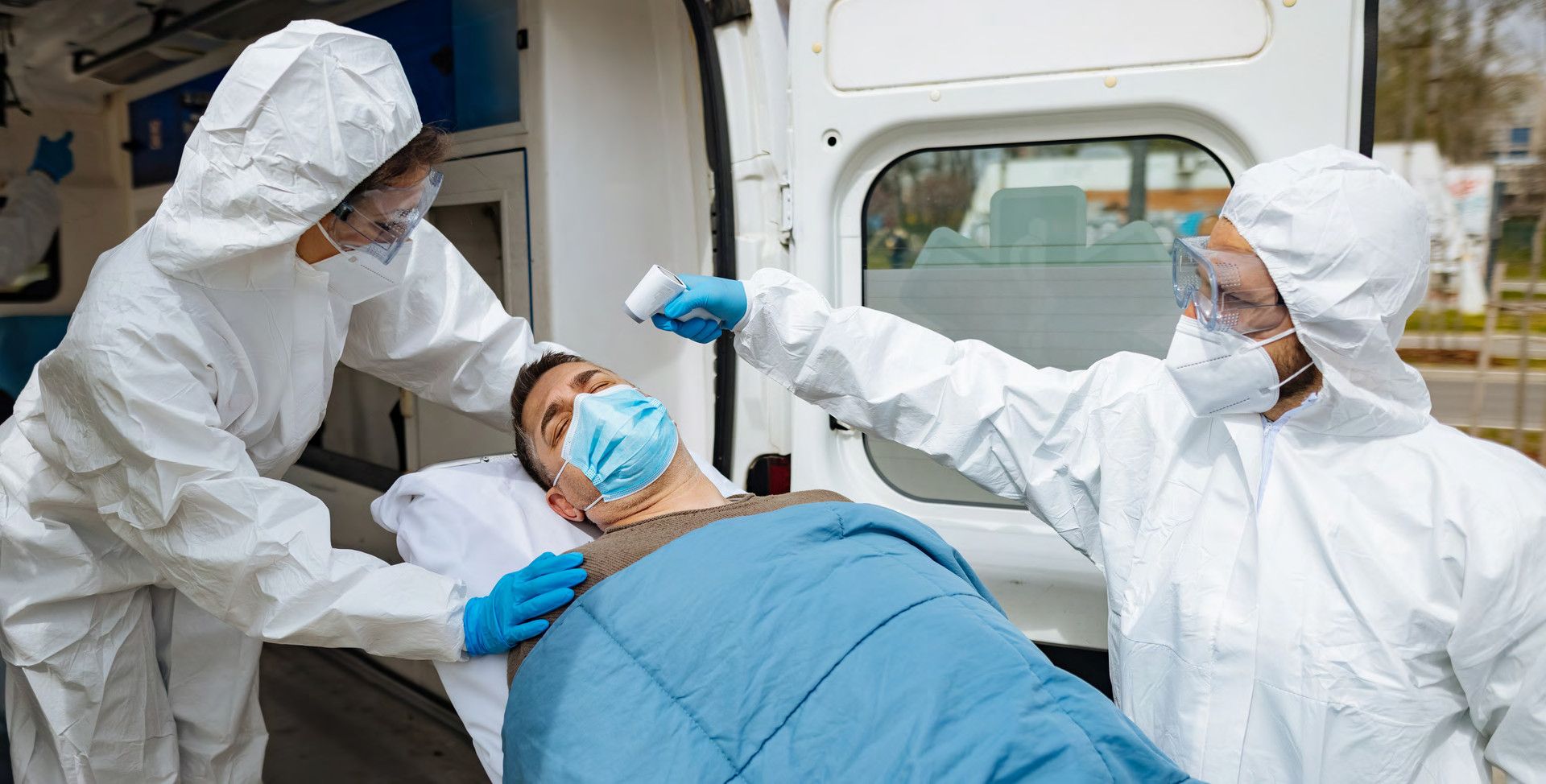
<span class="fontsize30">The DuPont™ Tyvek® ES Range is your reliable and comfortable solution in the alarming job</span>
To meet the challenges faced by EMS workers dealing with biological hazards, DuPont Personal Protection presents Tyvek® ES range. This innovative line certified as Personal Protective Equipment (PPE) offers protection against biological hazards, coupled with outstanding wearability.
<center><span><img width="500px" src="/content/dam/dupont/amer/us/en/personal-protection/public/images/cards/Emergency_Medical_Services_brochure_EN.jpg"></span></center>
Explore the Product Portfolio for Emergency Responders
In response to the challenges posed by biological hazards for Emergency Medical Services personnel, DuPont Personal Protection is excited to introduce the Tyvek® ES range. This cutting-edge line of Personal Protective Equipment (PPE) offers strong protection against biological threats while providing outstanding comfort and wearability. Furthermore, we feature this range alongside Tychem® 2000 C to effectively address risks from Biohazard levels 1 to 4.
DuPont's range of protective garments and accessories complies with EN 14126 and EN 13795-1, offering dual protection. This certified personal protective equipment provides robust barriers against biological hazards, enabling medical personnel to perform their duties safely and effectively.
Brands
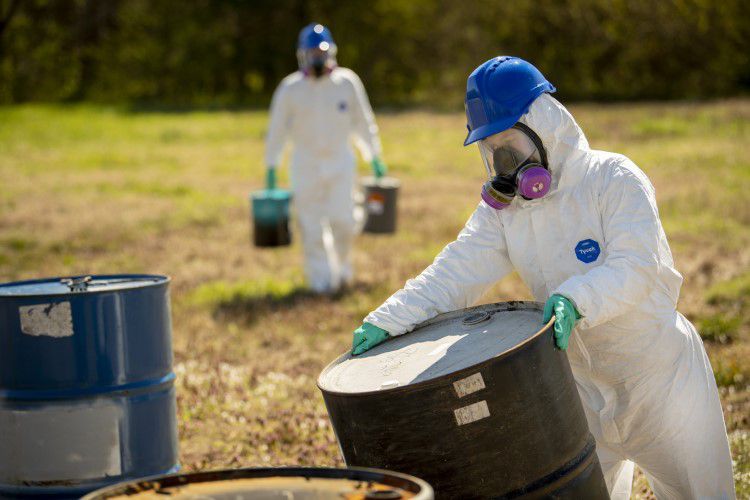
Touch any garment from the comprehensive DuPont™ Tyvek® product range and you immediately notice the difference. Wear a Tyvek® garment as you encounter the daily hazards of many vital industrial occupations, and the difference becomes even clearer. From enduring high level protection to continuous comfort, its unique combination of properties makes Tyvek® ideal for a broad range of applications.
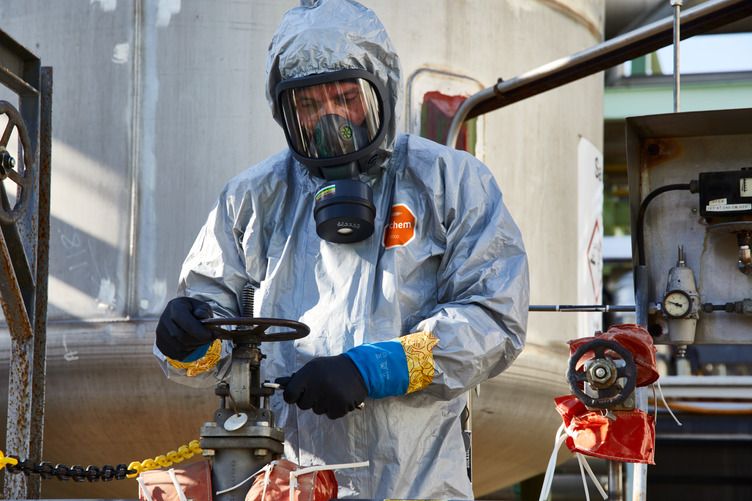
Not all deadly threats come in the form of fires or weapons. For comprehensive protection against low levels of dangerous chemicals, to toxic gases and biological hazards, industrial workers rely on garments made of DuPont™ Tychem®.
Resources
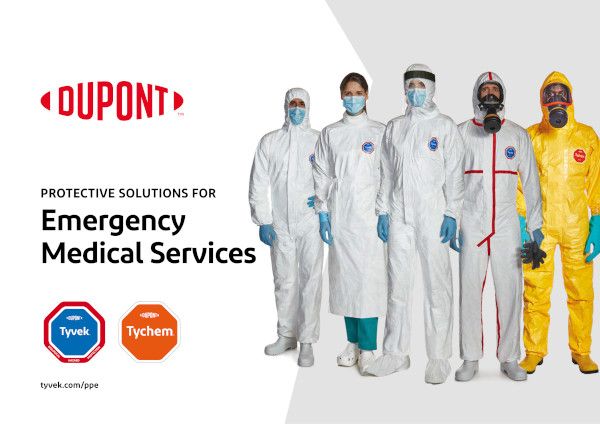
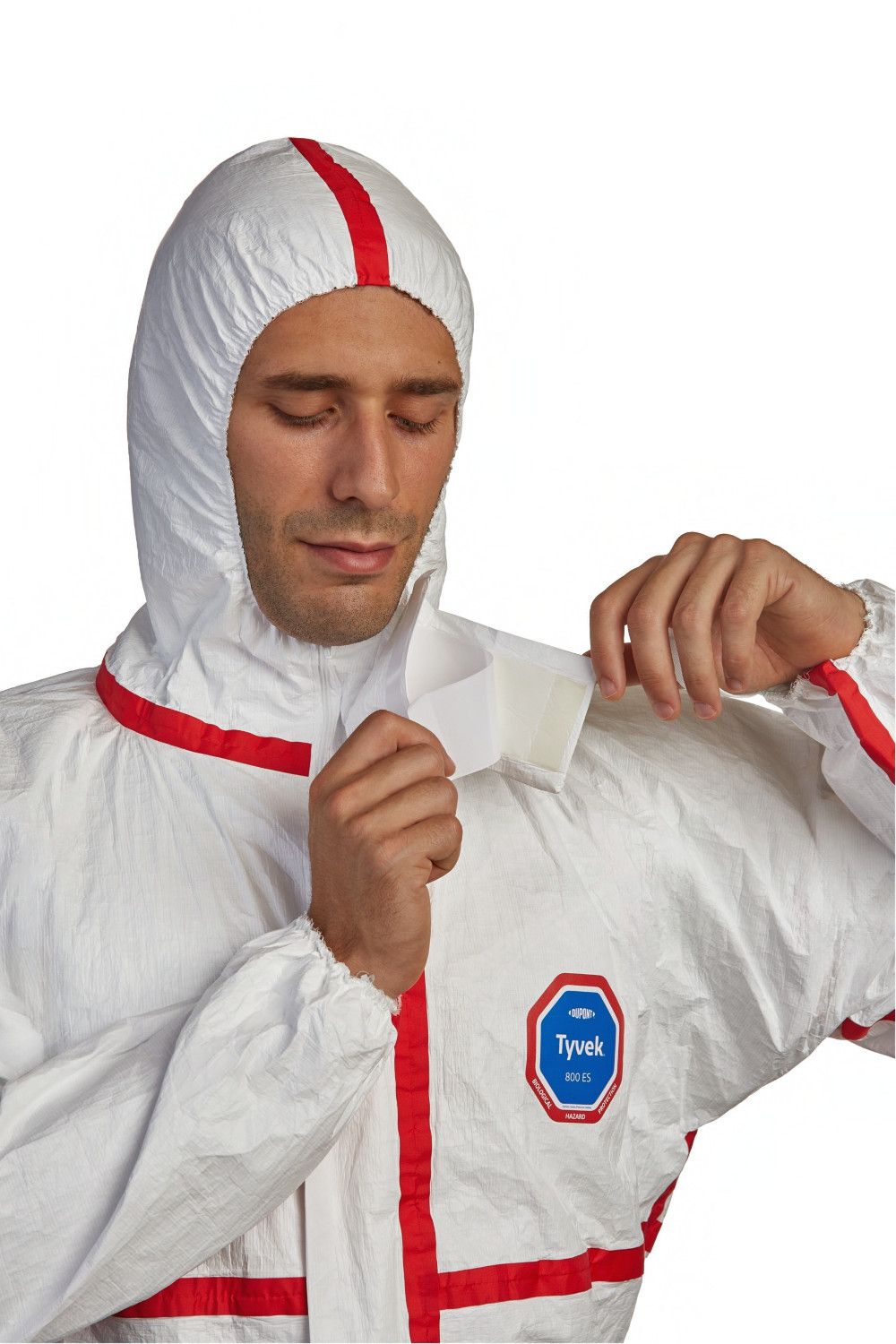
DuPont has launched the Tyvek® ES range of coveralls to offer emergency services personnel and patients the highest levels of protection from biological hazards, coupled with outstanding wearability.